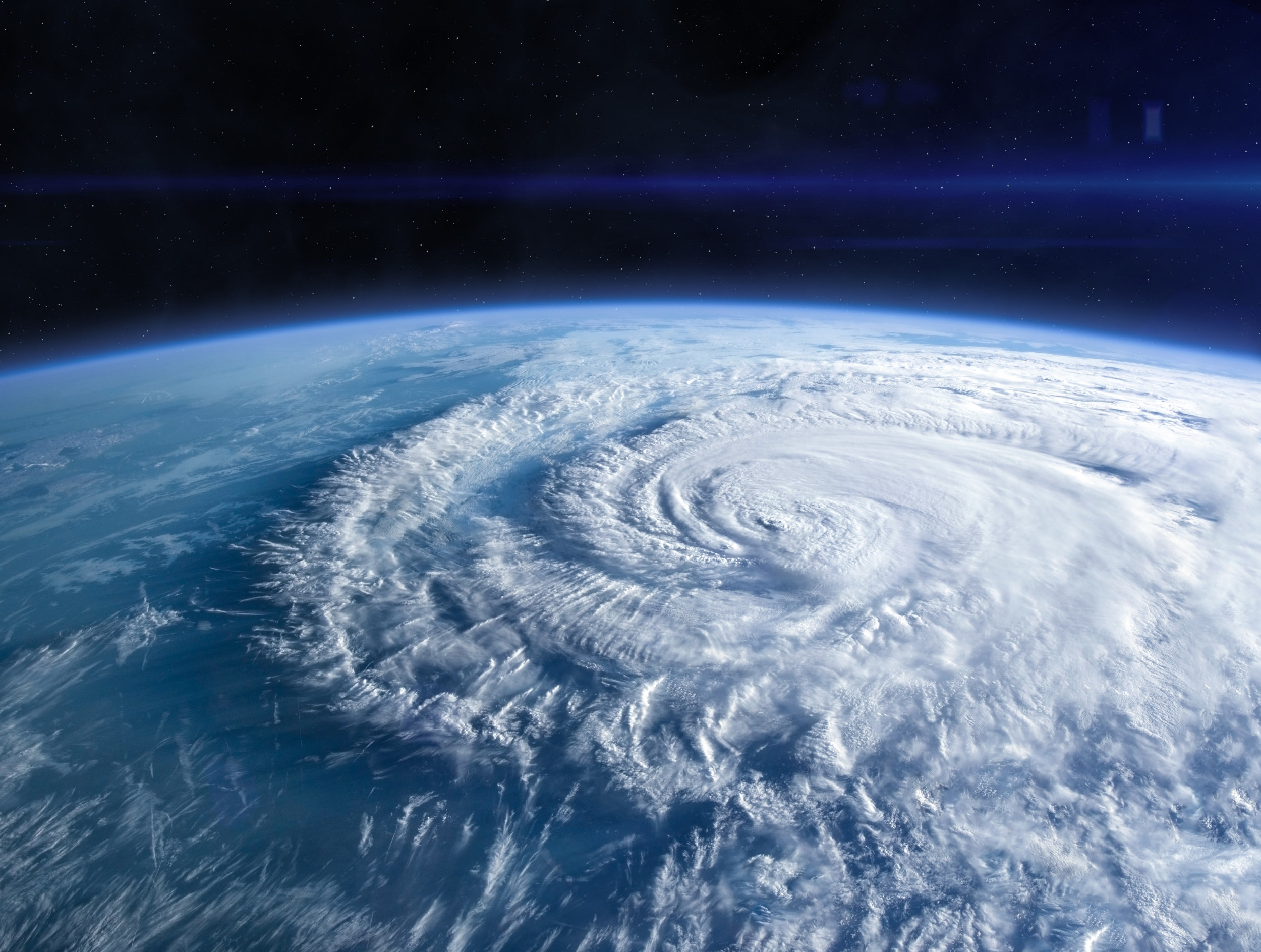Hurricanes in the Atlantic are intensifying faster than ever before, a scientist has found, saying her findings should serve as an “urgent warning” to people to change their behavior.
Atlantic hurricanes are twice as likely to go from a weak Category 1 to a major Category 3—or perhaps even stronger—in 24 hours than they were in the late 1900s, the study published in Scientific Reports found.
These hurricanes are now more likely to intensify along the east coast of the U.S. than they were several decades ago, raising the risk of greater death and destruction, and the study’s author believes that human-caused climate change may be to blame.
“I do think that these findings should really serve as an urgent warning,” Andra Garner, lead author of the study and assistant professor at Rowan University in New Jersey, told Newsweek.
“The rates at which hurricanes strengthen, and the frequency with which they transition from relatively weak storms into major hurricanes has significantly increased in just the last 50 years, over the same time when we see substantial increases to ocean surface temperatures due to human-caused warming. Without major changes in our behavior, and a rapid transition away from fossil fuels, this is a trend that will continue to get more extreme.”
The awesome power of hurricanes was driven home again this year by Hurricane Idalia, which left a path of flooding and destruction on its way through the Caribbean and southeastern United States in August, killing at least four people and causing billions of dollars of damage.
To draw her conclusions, Garner compared how hurricane wind speed changed over the course of every Atlantic hurricane between 1970 and 2020. The research found that the likelihood of a hurricane reaching 20 knots or greater had increased from 42.3 percent between 1970 and 1990 to 56.7 percent from 2001 to 2020.
The chances of hurricanes increasing in strength also increased. Researchers found that the chances of a weak hurricane turning into a strong hurricane increased from 3.23 percent to 8.12 percent in the same time periods.
This could increase the danger for those who live in hurricane-prone areas.
“There are several ways that more quickly intensifying storms may impact those who are in their path,” Garner said. “One way is that, when storms intensify quickly, they can become more difficult to forecast, and to plan for in terms of emergency action plans for coastal residents. We also know that many of the strongest, most damaging hurricanes do intensify particularly quickly at some point in their lifetime.”
“My work shows that we are already seeing overall increases to the fastest rates at which Atlantic hurricanes intensify—which means that we are likely already seeing an increased risk of hazards for our coastal communities. This means that it will be especially important for our coastal communities to work towards enhanced coastal resiliency measures and emergency action plans that may be able to adapt to hurricanes that strengthen more quickly.”
Hurricanes also began to intensify more quickly off the U.S. Atlantic coast, and in the Caribbean Sea, than other parts of the globe.
“Better communication methods are needed to warn at-risk communities as it is difficult to predict when in its lifespan a hurricane will strengthen most rapidly,” Garner says.
Hurricanes also become stronger over areas with warmer sea surface temperatures. As climate change worsens, with sea temperatures increasing, so have the quick intensification rates of hurricanes.
While it seems clear that certain parts of the U.S. are bound for more rapidly changing hurricanes, more research into the effect of the wider Atlantic basin is needed, the study reports.
Since 2017, four out of five most economically damaging Atlantic hurricanes have all intensified at a rapid pace.
Extreme weather events have become more widespread in recent years, and a U.N. panel has concluded that is due to climate change.
Weather events are becoming more unpredictable, and subject to “whiplash,” meaning they go from one extreme to another.
For example, California has recently seen an extremely wet winter and early spring. This followed an incredibly dry year and prolonged drought conditions, where the region suffered a severe lack of rainfall.
The storms that battered California this past winter however were strong, and led to intense flooding in areas where the conditions were bone dry.
“I think it’s also important to mention that there is definitely still hope,” Garner said. “That hope that comes from knowing that we are the cause of this problem, so we can also be the solution, and knowing that we could secure a more sustainable future. But that hope will only be realized if we take the necessary actions to decarbonize our economies.”
“There are lots of additional avenues for this work that I plan to explore, including investigating how intensification rates of TCs (tropical cyclones) change in the future, under different potential warming scenarios, and potentially expanding this work to other ocean basins for a more global view as well.”
Do you have a tip on a science story that Newsweek should be covering? Do you have a question about hurricanes? Let us know via science@newsweek.com.

